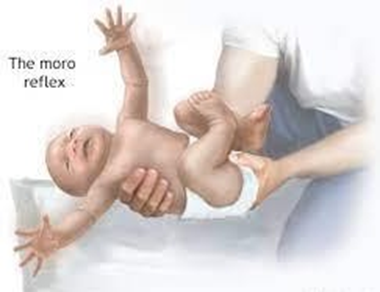A woman gave birth to a 7-pound, 6-ounce infant girl 1 hour ago. The birth was vaginal and the estimated blood loss (EBL) was 1500 ml. When evaluating the woman's vital signs, which finding would be of greatest concern to the nurse?
Temperature 37.4° C, heart rate 88 bpm, respirations 36 breaths per minute, and blood pressure 126/68 mm Hg
Temperature 36.8° C, heart rate 60 bpm, respirations 18 breaths per minute, and blood pressure 140/90 mm Hg
Temperature 38° C, heart rate 80 bpm, respirations 16 breaths per minute, and blood pressure 110/80 mm Hg
Temperature 37.9° C, heart rate 120 beats per minute (bpm), respirations 20 breaths per minute, and blood pressure 90/50 mm Hg
The Correct Answer is D
A. While the heart rate and respiratory rate are elevated, the blood pressure and temperature are within an acceptable range.
B. The heart rate and respiratory rate are within normal limits, and the blood pressure is elevated but not as concerning as other options.
C. The temperature and blood pressure are within normal limits, and while the heart rate is slightly elevated, it is not as concerning as other options.
D. The elevated heart rate, low blood pressure, and elevated temperature may indicate hypovolemic shock, which is of greatest concern given the history of significant estimated blood loss.
Nursing Test Bank
Naxlex Comprehensive Predictor Exams
Related Questions
Correct Answer is B
Explanation
A. While visual attention to the speaker is a positive sign, routine hearing screenings provide a more accurate assessment of hearing.
B. Routine hearing screenings are conducted on newborns to identify hearing issues early, allowing for intervention if necessary.
C. While most forms of hearing loss may not be inherited, it's important to assess the newborn's hearing through appropriate screenings.
D. Startle reflex is not a reliable indicator of hearing ability, and routine screenings provide more accurate information.
Correct Answer is A
Explanation
A. The described reflex is the Moro reflex, which is a normal startle reflex in newborns.
B. The Babinski reflex involves the extension of the big toe and fanning of the other toes in response to stroking the sole of the foot.
C. The Tonic neck reflex involves turning the head to one side, with the arm on that side extending and the opposite arm flexing.
D. The Rooting reflex involves turning the head and opening the mouth in response to cheek or mouth stimulation.

Whether you are a student looking to ace your exams or a practicing nurse seeking to enhance your expertise , our nursing education contents will empower you with the confidence and competence to make a difference in the lives of patients and become a respected leader in the healthcare field.
Visit Naxlex, invest in your future and unlock endless possibilities with our unparalleled nursing education contents today
Report Wrong Answer on the Current Question
Do you disagree with the answer? If yes, what is your expected answer? Explain.
Kindly be descriptive with the issue you are facing.
